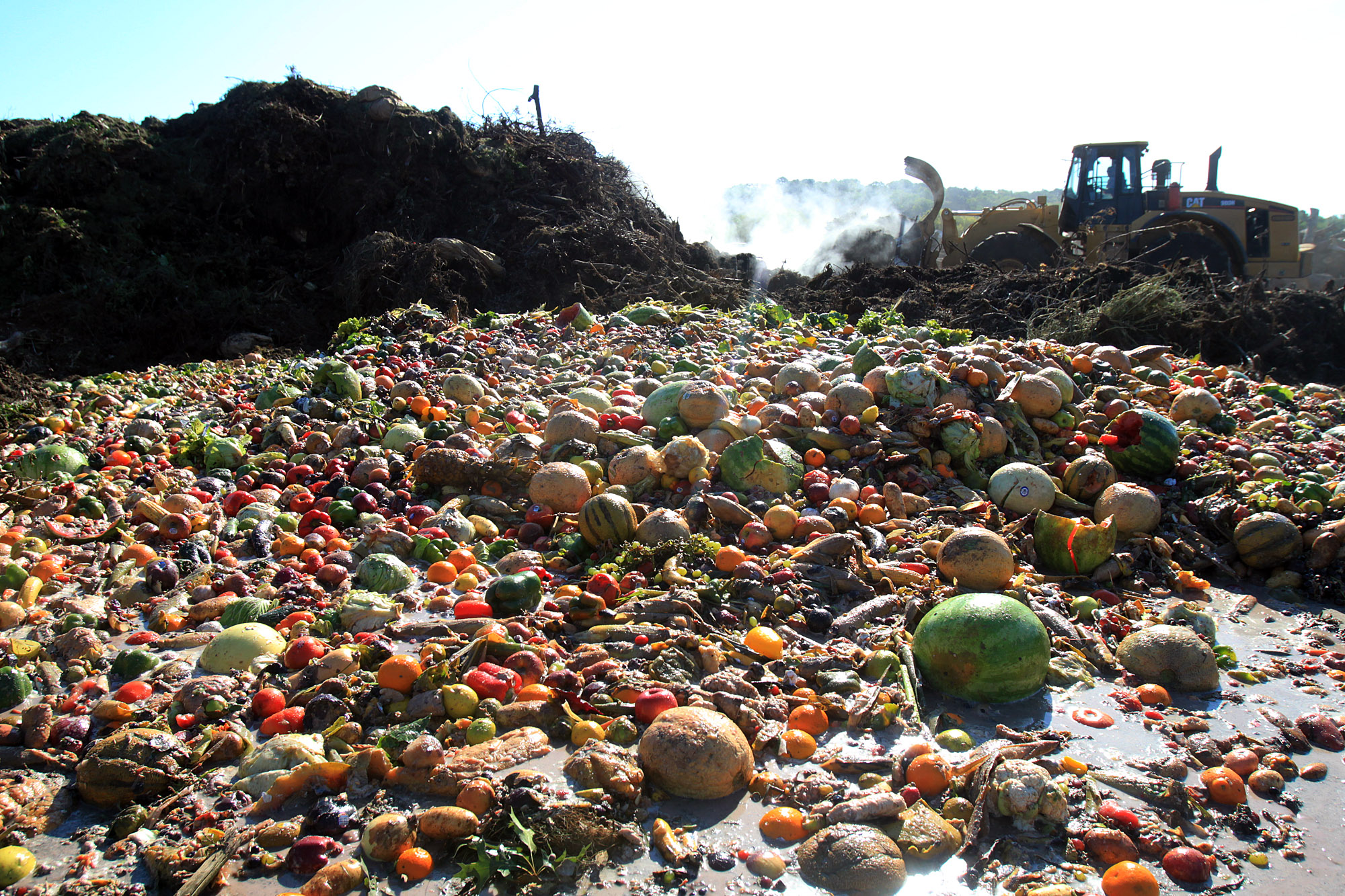The newest campus in the University of California system is quietly becoming a sustainable model and developing a reputation as a center for world-class research.
The
University of California, Merced just had its seventh building certified gold by the U.S. Green Building Council’s Leadership in Energy and Environmental Design, or LEED, program.
Its long-range plan, which embraces economic, social and environmental sustainability in campus facilities, was named to the American Institute of Architects' Committee on the Environment
Top 10 Green Projects program.
And physics professor Sayantani Ghosh, along with Richard Inman, Georgiy Shcherbatyuk, Dmitri Medvedko and Ajay Gopinathan recently won recogntion of their research in renewable energy in the clean energy press.
Renewable research leader
Zachary Shahan of cleantechnica.com explains the research breakthrough as an effort "to redesign luminescent solar concentrators in order to make them more efficient at sending sunlight to solar cells."
Efficiency is the key to commercial viability in the renewable energy game. Keeping up with lower priced fossil fuels is the ultimate goal. Ghosh explains in Shahan's article that his team tweaked the traditional flat design for concentrators and made them hollow cylinders. Should the technology prove itself in cost and efficiency boosting, many, many more will hear about UC Merced.
The concentrator project is just one of a number of top-notch research programs that involve renewable energy at the San Joaquin Valley institution. Open just since Sept. 5, 2005, UC Merced is the 10th campus in the University of California system and calls itself "the first American research university of the 21st century."
"We’re attempting to set new standards for energy efficiency and environmental stewardship,” says Thomas Lollini, campus architect and an associate vice chancellor, in a statement, referring to the buildings on campus. However, the campus has embraced sustainability on multiple fronts.
Green building movement
The
U.S. Green Building Council reports that LEED certified projects are pushing 1.9 billion square feet nationally. The designation was set up in 2000 to provide independent, third-party verification of cost-efficient and energy-saving green buildings.
In the United States, buildings account for about 36 percent of total energy use and 65 percent of electricity consumption, 30 percent of greenhouse gas emissions, 30 percent of raw materials use, 30 percent of waste output (136 million tons annually) and 12 percent of potable water consumption.
Any dent in that is a big deal.
Effort already a decade old
Richard Cummings, principal planner at UC Merced, says the green building movement on his campus began in 2002, when founding Chancellor Carol Tomlinson-Keasey established the goal of the campus meeting LEED silver for all buildings. What ended up happening is that all buildings but one ended up LEED gold, he says.
"As a result, our new 2009 master plan requires that all new buildings meet LEED Gold at a minimum and that the campus be zero net energy, zero waste and zero net emissions by 2020," Cummings says, adding that the campus also uses an internal, more-rigorous-than-LEED, benchmarking approach to energy efficient buildings.
The buildings certified LEED gold on the campus include the Leo and Dottie Kolligian Library, Classroom Office Building, Science and Engineering 1, Sierra Terraces Dormitory, Joseph Gallo Recreation Center and the Central Plant. The Valley Terraces Dormitory is certified LEED silver.
Going for gold
Buildings expected to achieve gold certification include the Dining Expansion, the Early Childhood Education Center, Housing 3 and Social Science and Management Building. Building pursuing certification are Housing 4, Student Activity and Athletic Center, Science and Engineering Building 2 and the Student Services Building.
"UC Merced's commitment to LEED Gold combined with its aggressive energy saving design standards enables the campus to reduce energy costs by approximately $1 million per year when compared to typical university buildings in California," Cummings says.
"In addition, UC Merced's state of the art buildings are supplemented by a campus solar array that routinely produces half of campus electricity when the sun is shining and 1/6th of annual electricity needs."
Newest green building
Construction of the Logistical Support/Safety Facility, the seventh building certified gold, featured a number of sustainability-related achievements. About 77 percent of construction waste did not go to landfills but was ground up for reuse by farmers and nurseries.
Water use in the facility was reduced by 48 percent via the installation of waterless or low-flow urinals, lavatories and sinks. And 24 percent of the materials used in construction were made from recycled content.
All of those factors contributed to the high LEED ranking, officials say.
“This is a profound example of taking the long view of the built environment, setting out an early plan, identifying benchmarks, designing and building a campus, seeing if you are meeting your benchmarks, and continuous improvement until hopefully you reach the goals of zero energy and zero waste for 10,000 students in 2020,” wrote one juror who contributed to the American Institute of Architects' Committee on the Environment ruling that put the campus on its Top 10 list.
“It’s an astonishing ambition, and they are on track.”












